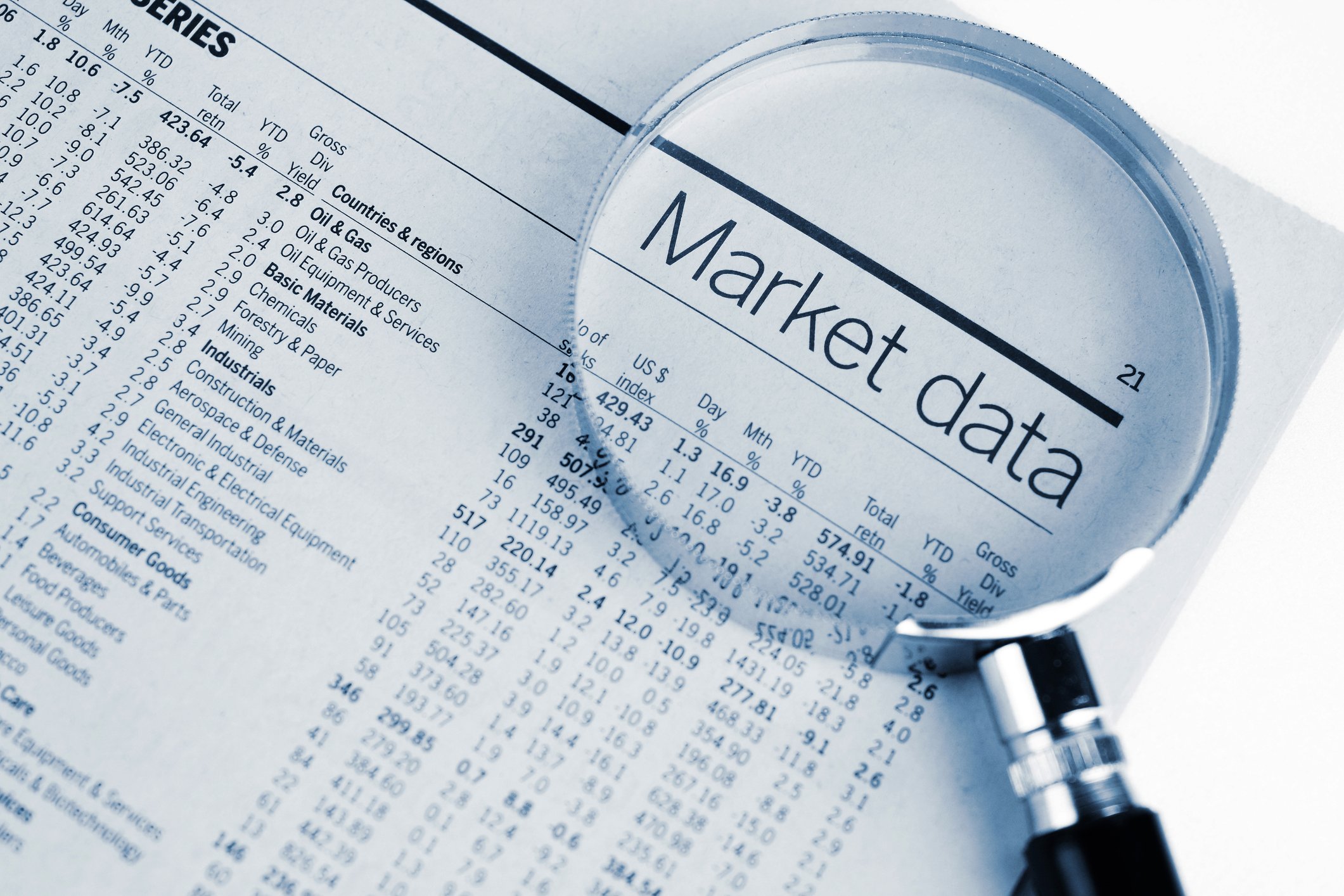It's a great time to be a bull. On Tuesday, Oct. 3, the Dow Jones Industrial Average (^DJI 0.17%), Nasdaq Composite (^IXIC 0.06%), and S&P 500 (^GSPC 0.06%) all hit new all-time intraday highs. This year alone, the Dow has had more than 40 record closing highs, with the tech-heavy Nasdaq logging more than 50 record closes.
The Dow hasn't done this in 20 years
There are a number of reasons for investors to be excited about the U.S. economy. For instance, the U.S. unemployment rate sat at 4.4% as of August, which is close to a 17-year low. Near the natural rate of unemployment, often believed to be about 4%, it would appear that the economy is firing on all cylinders.

Image source: Getty Images.
We've also witnessed the Federal Reserve easing into federal funds target hikes and balance sheet unwinding as opposed to putting the pedal to the metal. With inflation hovering below the 2% target rate, the Fed's cautious approach has helped keep lending rates below their historic average. Low lending rates can help spur loans and encourage enterprise growth.
Even excitement about the possibility of tax reform has pushed the market higher. If the Trump administration is successful in passing its outline of tax reform, most taxpayers would wind up with more disposable income (the U.S. economy relies on consumption to drive GDP growth), and corporations could see peak income-tax rates fall to 20% from their current peak of 35%
But it's not just what the economy is doing that's impressive. According to CNBC, the Dow ended the third quarter with a 4.9% gain, which marks its eighth straight quarter of gains. The last time the Dow gained in eight consecutive quarters was all the way back in 1997. The S&P 500 also posted its eighth consecutive quarter of gains, while the Nasdaq logged its fifth straight.
While the gains investors have been privy to over the past eight-and-a-half years are nothing short of remarkable, investors should also keep two things well in mind: We're probably long overdue for a stock market correction or bear market, and we're probably going to head a whole lot higher over the long run.

Image source: Getty Images.
Make no mistake -- a correction is coming at some point
Though you might be tempted to break out the champagne and celebrate, you'll want to bear in mind that stock market corrections, economic slowdowns, and even recessions, are a natural part of the economic and investing cycle.
According to Yardeni Research, the S&P 500 has undergone 35 corrections totaling at least 10%, when rounded to the nearest whole number, since Jan. 1, 1950. This works out to about one correction every two years. Corrections are going to occur whether we want them to or not, and in many cases it'll be impossible for retail investors and even top-tier analysts to predict what'll cause a correction ahead of time. This also means trying to time the market's dips is practically impossible over the long term.
Historical trends also suggest the market may be due for a rough patch. Even though data from the Stock Trader's Almanac shows that the Dow has ended the year higher following a presidential election 11 times in the past 17 election years, the stock market has also "plunged" in each of the past three years that have ended with a "7" (1987, 1997, and 2007). Yes, that does sound a bit of voodoo-like, and it completely lacks fundamental fortitude. However, we can never underestimate the power of emotions within Wall Street and via short-term traders. This is often why moves lower in the stock market happen so swiftly (they're based on emotion), whereas bull markets tend to last considerably longer (they're based on fundamentals).

Image source: Getty Images.
Expect the Dow to head considerably higher over the long run
Despite the expectation that the Dow, and broader market in general, is seemingly due for a correction or bear market, it's not wise for investors to retreat to the sidelines. Why, you ask? Because it's impossible to predict when, or to what extent, corrections will occur.
Historically, the stock market has returned a healthy 7% per year over the long run, inclusive of dividend reinvestment. If the Dow were to stick to a 7% annual gain, it would essentially double once every decade. This would mean that Dow 100,000 is a genuine possibility by perhaps 2040, or sooner. Plus, each and every stock market correction or bear market over the past 67 years in the S&P 500 has been completely erased within a matter of weeks, months, or years by a bull market rally. This should be more than enough evidence to keep you invested in high-quality companies over a long period of time.
Nonetheless, paper losses during a correction can certainly cause some unease with investors -- even those with a long-term mindset. The best way to counter market hiccups is to add dividend-paying stocks to your portfolio, as well as invest regularly, regardless of whether the market is at a new high or in a correction. Income stocks should help partially hedge your downside during a correction or bear market while also placing you safely into companies with time-tested business models. Meanwhile, investing often should help average you into a lower long-term cost basis if the stock market continues to climb (as it's done for more than 120 years).
In other words, the trend is indeed your friend.








